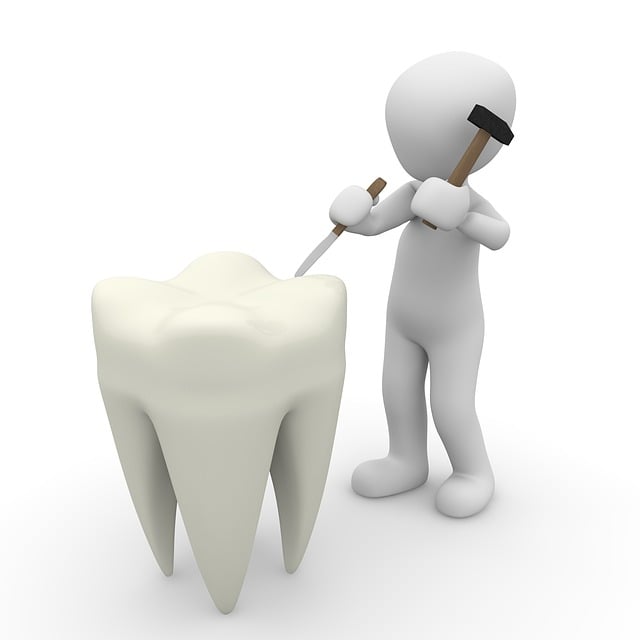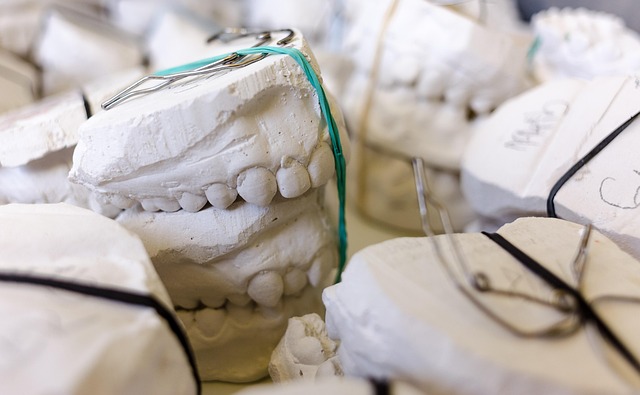Dentists require comprehensive dentist liability coverage to protect against malpractice claims. This includes general liability, professional liability for errors, and excess liability. Selection involves assessing practice-specific risks, understanding policy language, and ensuring adequate limits. Proper prevention strategies, like staying updated and maintaining records, reduce risk. Understanding the claims process is vital. Adequate dental liability coverage protects dentists' financial health and reputations.
In the high-stakes environment of dentistry, ensuring comprehensive dentist liability coverage is paramount. This article navigates the intricate world of dental malpractice insurance, equipping practitioners with essential knowledge to mitigate risks and protect their practices. From understanding the nuances of dentist liability coverage to exploring key policy components and common scenarios, we offer a comprehensive guide. Learn how to select the right policy, manage claims, and employ effective defense strategies. Discover real-world success stories and gain valuable insights for navigating dental malpractice challenges with confidence.
- Understanding Dentist Liability Coverage
- Key Components of Dental Malpractice Insurance
- Common Dental Malpractice Scenarios and Prevention
- How to Choose the Right Dental Malpractice Policy
- Claims Process and Defense Strategies for Dentists
- Case Studies: Success Stories in Dental Malpractice Coverage
Understanding Dentist Liability Coverage

Dentists, like any healthcare professionals, face unique risks and liabilities in their practice. Understanding dentist liability coverage is paramount to safeguarding against potential malpractice claims. This specialized insurance protects dentists from financial loss due to negligence or medical errors that may result in patient harm. It covers a wide range of dental procedures and services, including but not limited to, diagnostics, treatment plans, and post-operative care.
Dentist liability coverage typically includes general liability, professional liability, and sometimes excess liability. General liability insures against common risks like property damage or personal injury to non-dental staff or patients. Professional liability, also known as malpractice insurance, protects dentists from claims of negligence in diagnosis, treatment, or patient care. Excess liability provides additional protection beyond the primary limits of other coverage, acting as a safety net for significant claims. Choosing the right dentist liability coverage involves evaluating practice risk factors, understanding policy terms, and ensuring adequate limits to mitigate potential financial exposure.
Key Components of Dental Malpractice Insurance

Dental malpractice insurance is a crucial safety net for dentists, safeguarding their practice and personal assets from potential claims of negligence. When tailored specifically for the dental profession, this coverage incorporates several key components designed to address unique risks within the dental care arena.
Central to dentist liability coverage are policies that protect against claims related to diagnosis errors, treatment mistakes, and failures to obtain informed consent. This includes instances where a patient suffers injury or adverse effects from dental procedures. Additionally, such insurance may extend to cover legal fees and settlement costs incurred during investigations or litigation processes, ensuring dentists have the financial backing needed to navigate complex legal scenarios arising from patient care.
Common Dental Malpractice Scenarios and Prevention

Dental malpractice scenarios can arise from various situations, each carrying potential risks and liabilities for dentists. Common instances include misdiagnosis, where a dentist fails to accurately identify a patient’s oral condition, leading to inappropriate treatment or delayed care. Another scenario is technical negligence, involving errors during procedures like fillings, extractions, or surgeries, which could result in injuries or complications. Improper use of anesthesia or inadequate communication about post-operative care are also areas of concern.
To mitigate these risks and ensure adequate protection, dentists should prioritize prevention. Staying updated with the latest dental practices and guidelines is essential. Regular training and continuing education can help professionals maintain a high standard of care. Maintaining detailed patient records and ensuring informed consent for every procedure can reduce liability. Additionally, establishing clear communication channels ensures patients understand their treatment plans and potential risks, fostering trust and minimizing malpractice claims.
How to Choose the Right Dental Malpractice Policy

When selecting a dental malpractice policy, dentists should start by understanding their specific needs and exposure. This includes evaluating factors such as the size and type of practice, number of staff, and treatment procedures offered. Different practices may require varying levels of coverage based on these variables. For instance, a general dentist with a small team might need a basic policy to cover common procedures, while a specialist performing complex surgeries should consider a more comprehensive plan to mitigate higher risks.
Next, dentists must analyze the policy’s financial protection and terms. Look for policies that offer adequate limits tailored to your practice’s potential liabilities. Review the exclusions and conditions carefully, ensuring they align with your routine practices. Additionally, consider the reputation and financial stability of the insurance provider to guarantee a reliable and responsive claim settlement process in case of an incident.
Claims Process and Defense Strategies for Dentists

When facing a claim, understanding the claims process is crucial for dentists. The first step involves receiving notification of the complaint, which may include details about the alleged malpractice and the patient’s injuries. Dentists should promptly review the information to assess its validity and determine if a defense is necessary. This initial evaluation can help in gauging the potential scope of liability and guiding the subsequent actions.
During the claims process, dentists have several defense strategies at their disposal. One common approach is to gather comprehensive records and documentation related to the treatment, including medical history forms, x-rays, and notes from the procedure. These records can help demonstrate due care and inform decisions on responding to the claim. Additionally, seeking expert opinions from fellow dental professionals can strengthen the dentist’s defense by providing peer insights into the standard of care expected in similar situations. Timely communication with insurance providers and legal representatives is also vital to navigate the claims process effectively and explore available coverage under the dentist liability coverage.
Case Studies: Success Stories in Dental Malpractice Coverage

In the realm of dentistry, where precision and patience are paramount, having robust dentist liability coverage is not just an option—it’s a necessity. Case studies illustrate success stories where tailored malpractice insurance has shielded dentists from potential financial disasters, allowing them to focus on patient care rather than legal worries. For instance, consider a scenario where a dentist, through meticulous record-keeping and up-to-date training facilitated by their liability coverage provider, successfully defends against a claim of negligence, ultimately preserving their practice’s financial health and reputation.
These success stories underscore the vital role that comprehensive dental liability coverage plays in protecting practitioners from unforeseen circumstances. By scrutinizing patient histories, staying abreast of industry advancements, and relying on experts for risk management, dentists can mitigate potential claims and ensure they’re prepared for any challenges that may arise. This proactive approach not only safeguards their professional lives but also fosters a culture of continuous improvement and patient safety within the dental community.
